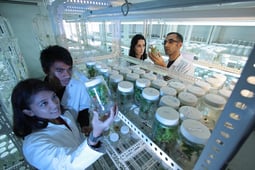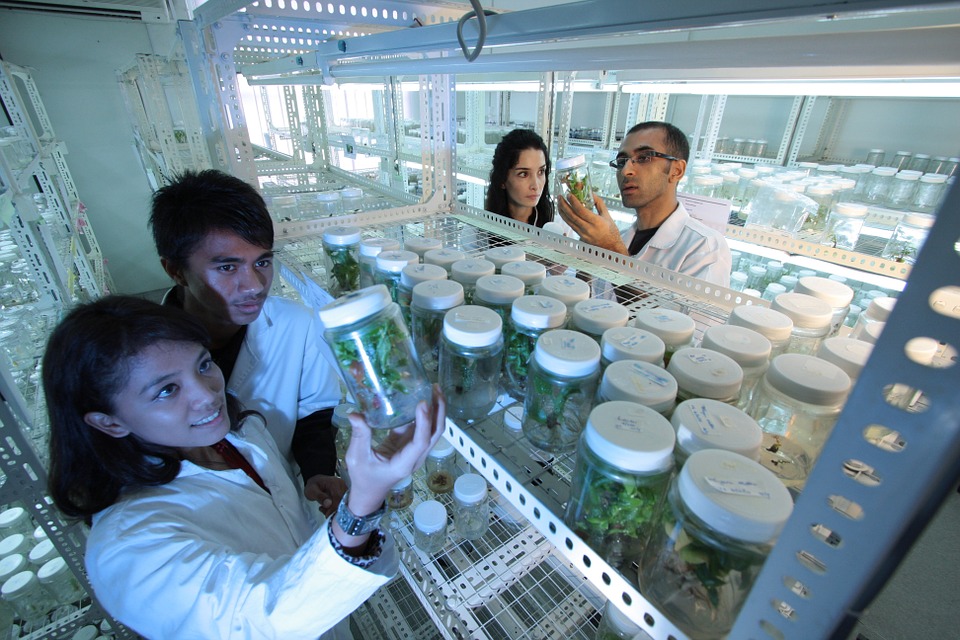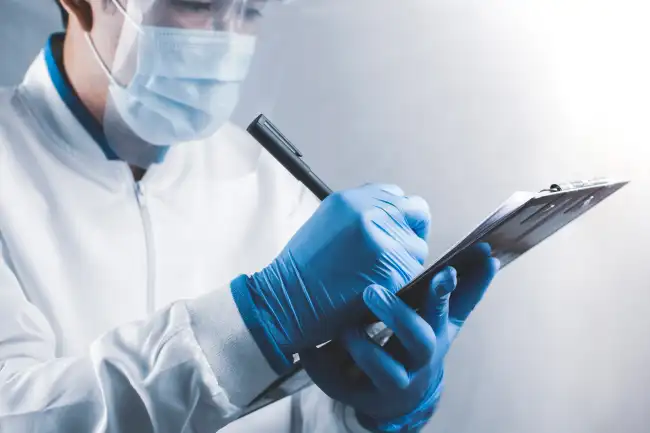Lab Safety: Creating a Policy for University Visitors
 For the purpose of this post, please note that a "potentially hazardous work area" is defined as "any area where hazardous substances (e.g., hazardous chemicals, biohazardous agents, compressed gases) or physical hazards (e.g., moving machine parts, extreme temperatures, electrical apparatus) are present."
For the purpose of this post, please note that a "potentially hazardous work area" is defined as "any area where hazardous substances (e.g., hazardous chemicals, biohazardous agents, compressed gases) or physical hazards (e.g., moving machine parts, extreme temperatures, electrical apparatus) are present."
During school breaks, it's not uncommon for universities to allow visitors to use their laboratory facilities. This could range from passive tours to active research projects, and even include high schools that have classes held in university labs. In the event that there are visitors using your university's labs, there are important guidelines to establish and recommended best practices to follow to ensure visitors' safety while in potentially hazardous areas on campus. Here are a few things to consider including in your university's visitor safety policy.
Responsibilities
Who is ultimately responsible for visitors in your university's labs? You must determine this prior to allowing visitors to use your facilities. Oftentimes, responsibilities are assigned to multiple parties with different roles. Some individuals or teams who you may consider assigning responsibility to include:
- Department chairs
- Supervisors
- Sponsors
- Human resources
- Health and safety committees
- Visitors
Restrictions Based on Activities
In your university's visitor policy guidelines, consider outlining specific situations where visitors may be entering hazardous work areas. As a general rule of thumb, visitors should not be permitted in potentially hazardous work areas unless it is under a condition outlined in your policy. Below are two examples of general activities that you may want to acknowledge in your policy and include the proper guidelines for each circumstance:
- Entering the potentially hazardous work area, but not performing laboratory-related work (Examples: Class tours, donor presentations, etc.)
- Participating in a university-sponsored activity where laboratory-related work will be performed in a potentially hazardous area (Examples: Conducting a research project, volunteering to assist with a research project, participating in an educational program, etc.)
Along with any activity recorded in your policy, provide specific guidelines and rules that each visitor must adhere to in order to enter a potentially hazardous work area.
Forms and Agreements for Visitors
To ensure that people who will be visiting your university's laboratories understand and agree to your policies, we recommend creating several forms and having them signed by both a university supervisor as well as the visitor. Some forms and agreements to consider using to protect your university and its visitors include:
- Lab Use Assumption of Risk, Waiver, and Release from Liability Agreement
- Designed to ensure that visitors understand the risks of participating in activities connected with your university and its laboratories
- Potential Hazards Information
- Designed to cover potential hazards that visitors may encounter, and acknowledge their understanding of the risks of these hazards
- Laboratory Safety Rules, Practices, and Agreement
- Designed to share the laboratory rules, safety precautions, and regulations with visitors and acknowledge that they will abide by those rules and regulations
- Visitor Research Proposal Form
- Designed for sponsors/principal investigators of visitors who will be performing laboratory work
Every university is different, so these specific ideas may or may not be relevant to your campus, but feel free to keep these concepts in mind as ideas when constructing your visitor safety program.
If your university is allowing visitors into laboratories or any potentially hazardous work areas on campus, we strongly recommend there be a policy in place to ensure safety for all parties involved. Above is a general outline of some things you may want to include when creating guidelines for your university.
If you need additional help creating a formal policy and/or forms for visitors using your university's laboratories, please contact us!






